Spain has its fair share of picture-perfect pueblos that are worth a visit in the warmer months, but when it comes to winter getaways, there are a handful of pueblos that make braving the cold all the more worth it.
Some of them are mountainous municipalities, others that are on Spain’s vast open plains see the mercury plummet in winter bringing with it snow, and there’s even a snow-covered village on the holiday island of Mallorca.
So when the next snowy blizzard blows its way across to your part of Spain and you’re in the mood for a fairy-tale day trip, set your GPS to one of these winter wonderlands.
Lanuza (Huesca, Aragón)
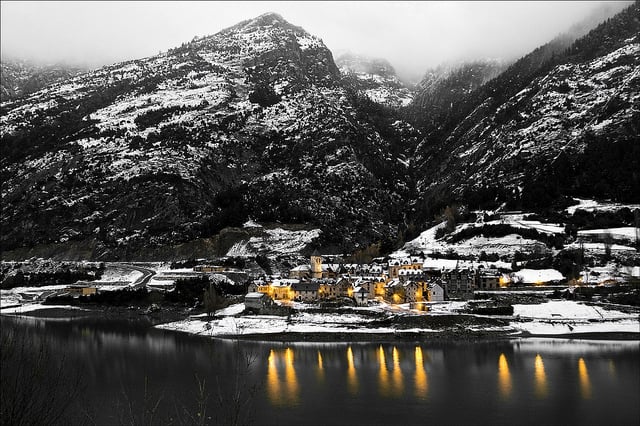 Photo: Vicente Villamón/Flickr
Photo: Vicente Villamón/Flickr
Ortigosa de Cameros (La Rioja)
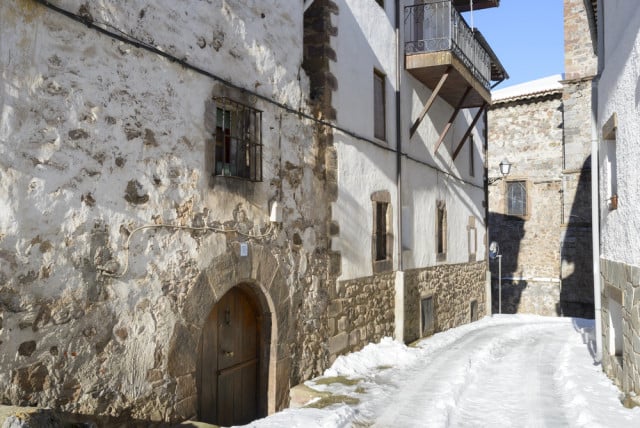
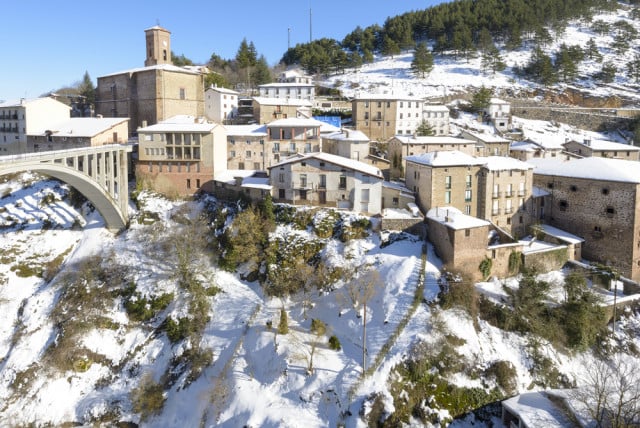 Photos: Deposit Photos
Photos: Deposit Photos
Riaño (León, Castilla y Leon)
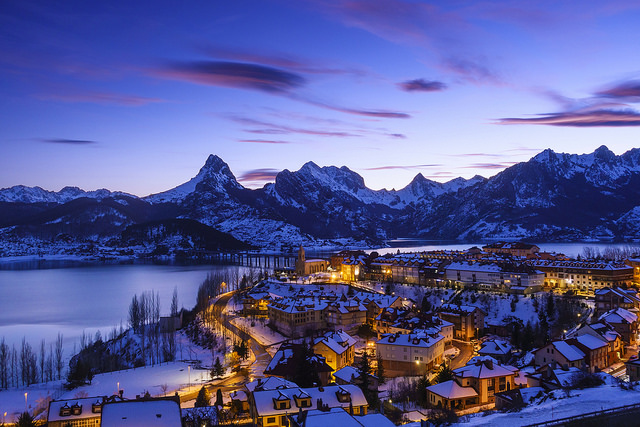 Photo: Raúl Villalón/Flickr
Photo: Raúl Villalón/Flickr
Valldemossa (Mallorca, Balearic Islands)
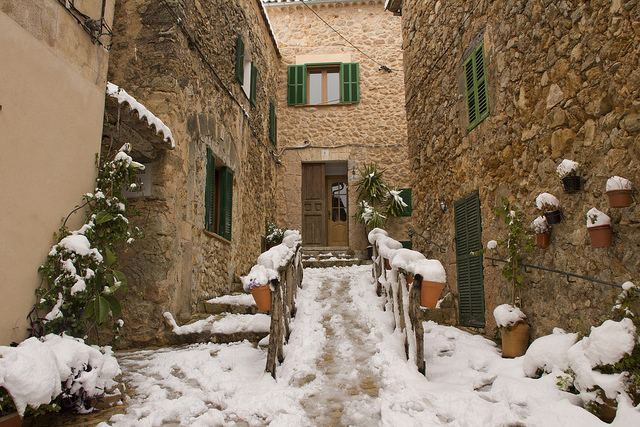 Photo: Toni Coll/Flickr
Photo: Toni Coll/Flickr
Alcalá del Júcar (Albacete, Castilla y La Mancha)
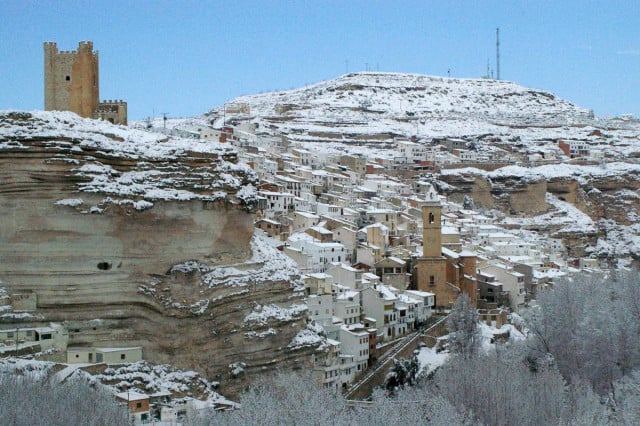 Photo: Alcalá del Júcar Town Hall
Photo: Alcalá del Júcar Town Hall
Tavascan (Lleida, Catalonia)
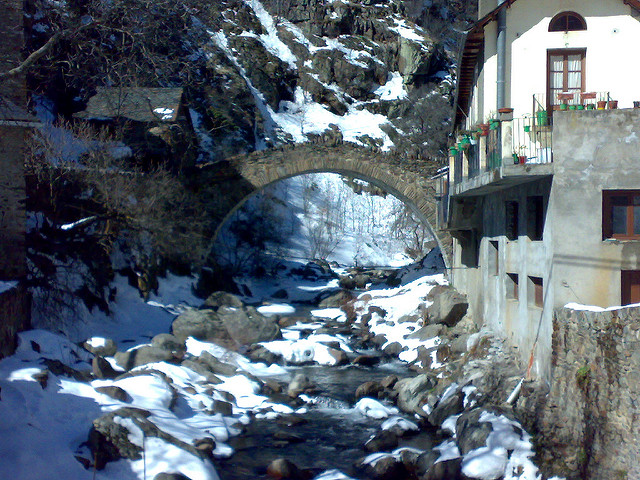 Photo: Jose María Miñarro/Flickr
Photo: Jose María Miñarro/Flickr
Cerler (Huesca, Aragón)
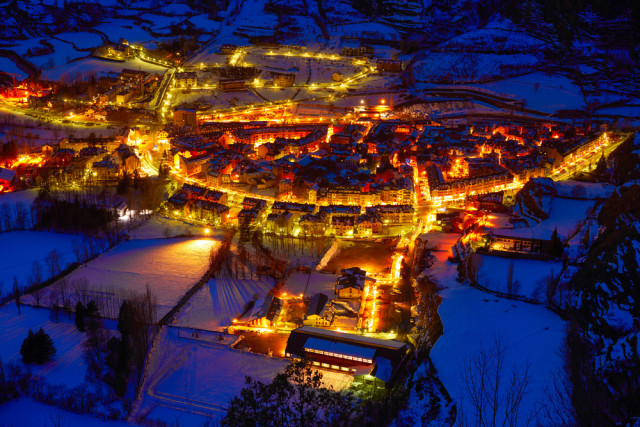 Photo: Deposit Photos
Photo: Deposit Photos
Briviesca (Burgos, Castilla y León)
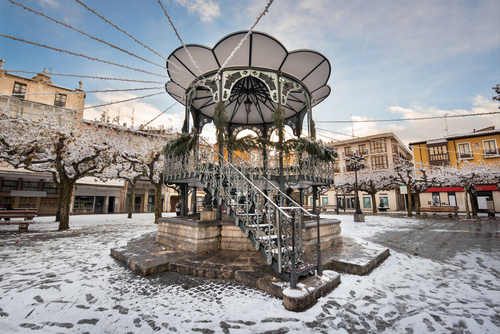 Photo: Deposit Photos
Photo: Deposit Photos
Ronda (Málaga province, Andalusia). Technically it isn’t a village but Ronda is far too picturesque in the snow to leave out of the list.
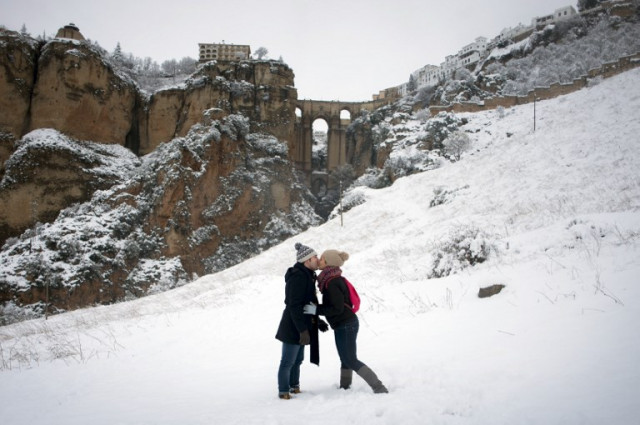 Photo: Jorge Guerrero/AFP
Photo: Jorge Guerrero/AFP
Ávila (Castilla y León). More of a town than a pueblo, Ávila looks truly majestic after a snowfall.
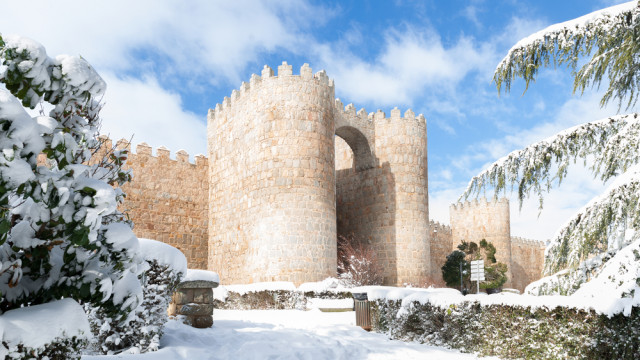 Photo: Kukumismelo/Flickr
Photo: Kukumismelo/Flickr



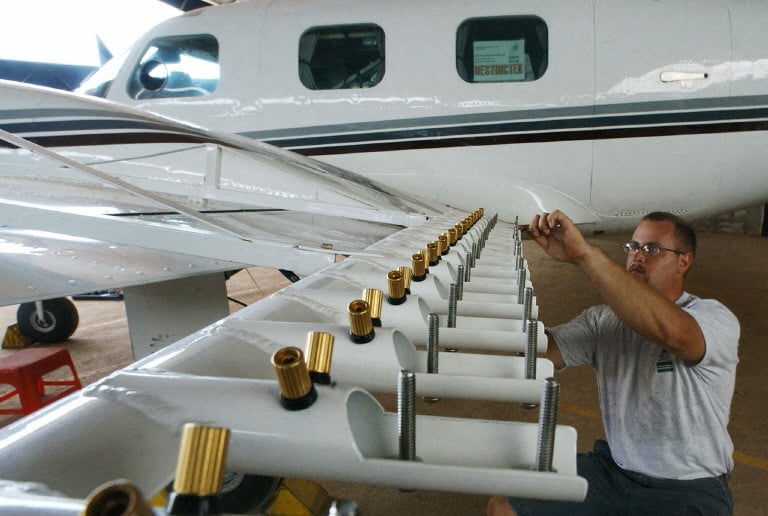
 Please whitelist us to continue reading.
Please whitelist us to continue reading.